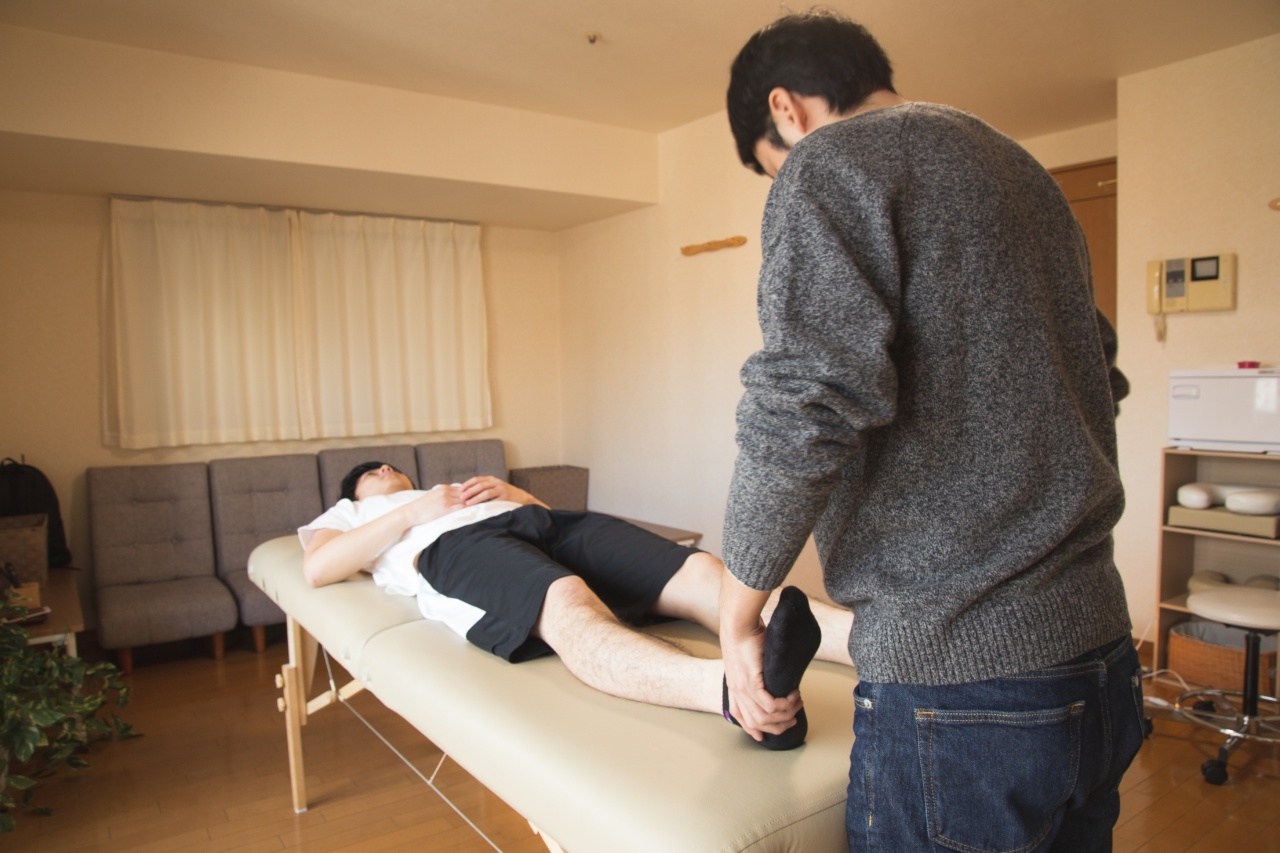Idiopathic Pulmonary Fibrosis (IPF) is a chronic and progressive lung disease characterized by the scarring and thickening of the lung tissues.
This scarring, known as fibrosis, gradually makes it difficult for the lungs to function properly, leading to a range of symptoms including shortness of breath, persistent cough, fatigue, and chest discomfort. While there is no known cure for IPF, various treatment approaches, including medication, oxygen therapy, and lung transplantation, can help manage symptoms and slow down the progression of the disease.
In recent years, physical therapy has emerged as a valuable adjunctive treatment option that can greatly benefit individuals with IPF.
1. Education and Patient Empowerment
Physical therapists play a critical role in educating and empowering patients with IPF.
They provide information about the disease, its progression, and available treatment options, helping patients understand their condition and make informed decisions about their care. By educating patients about breathing techniques, energy conservation strategies, and proper posture, physical therapists enable individuals with IPF to actively participate in managing their symptoms and enhancing their quality of life.
2. Breathing Exercises and Airway Clearance Techniques
A key focus of physical therapy in IPF management is on maximizing pulmonary function and promoting effective breathing.
Therapists teach patients various breathing exercises, such as diaphragmatic breathing and pursed-lip breathing, which help strengthen the respiratory muscles and improve oxygenation. Additionally, airway clearance techniques, such as postural drainage and percussion, can help clear excessive mucus from the airways, reducing the risk of infections and improving overall lung function.
3. Exercise Prescription and Pulmonary Rehabilitation
Physical activity is essential for maintaining cardiovascular fitness, improving muscle strength, and enhancing overall well-being in individuals with IPF.
However, due to the progressive nature of the disease, many patients tend to adopt a sedentary lifestyle, which can further worsen their symptoms and functional capacity. Physical therapists specialize in prescribing individualized exercise programs for IPF patients, taking into account their specific limitations and goals.
These programs often include a combination of aerobic exercise, resistance training, and flexibility exercises, aimed at improving endurance, muscle strength, and mobility. Pulmonary rehabilitation programs, overseen by physical therapists, provide a comprehensive approach to managing IPF symptoms, enhancing exercise tolerance, and optimizing daily functioning.
4. Posture Correction and Chest Mobilization
Individuals with IPF commonly experience postural abnormalities, such as an increased thoracic kyphosis (hunchback) and rounded shoulders.
These postural changes can further compromise respiratory function and contribute to musculoskeletal imbalances and discomfort. Physical therapists address these issues through targeted interventions, including postural correction exercises, stretching, and manual techniques.
By improving posture and promoting proper alignment, physical therapy helps optimize lung mechanics and minimize the strain on respiratory muscles.
5. Fatigue Management
Fatigue is a significant symptom experienced by many individuals with IPF, often limiting their ability to engage in daily activities and participate in rehabilitation programs.
Physical therapists employ energy conservation techniques and pacing strategies to help individuals with IPF conserve their energy and manage fatigue. By teaching patients how to prioritize tasks, plan rest periods, and utilize efficient movement patterns, therapists enable patients to achieve greater autonomy and maintain a more active lifestyle.
6. Fall Prevention and Balance Training
IPF can increase the risk of falls and balance impairments due to a combination of factors, including reduced exercise tolerance, decreased muscle strength, and impaired pulmonary function.
Physical therapists assess individuals with IPF for fall risk and design personalized exercise programs aimed at improving balance, coordination, and overall stability. These programs may include exercises such as weight shifting, stepping, and challenging surfaces to enhance postural control and reduce the risk of falls and subsequent injuries.
7. Psychosocial Support and Mental Health
The impact of living with a chronic and potentially debilitating disease like IPF can significantly affect an individual’s mental well-being.
Physical therapists recognize the importance of addressing the psychosocial aspect of IPF and provide emotional support to patients and their families. By offering a safe space for individuals to express their concerns and fears, physical therapists play a crucial role in promoting mental health and overall resilience in the face of the challenges associated with IPF.
8. Assistive Device Assessment and Training
In cases where IPF leads to significant functional limitations, physical therapists help assess the need for assistive devices or mobility aids.
These may include walking aids such as canes or walkers, as well as wheelchairs for those with more advanced disease stages. Physical therapists ensure individuals with IPF receive appropriate training on how to use these devices safely and effectively, allowing for greater independence and mobility.
9. Collaborative Approach and Care Coordination
Physical therapists work closely with other healthcare professionals involved in the care of individuals with IPF, including pulmonologists, respiratory therapists, and occupational therapists.
This interdisciplinary collaboration ensures comprehensive and coordinated care, with each professional addressing specific aspects of the patient’s needs. By sharing expertise and fostering effective communication, a collaborative approach maximizes treatment outcomes and facilitates a holistic approach to IPF management.
10. Monitoring and Outcome Evaluation
Regular monitoring of functional status and treatment outcomes is a crucial component of physical therapy in IPF management.
Physical therapists assess and document various parameters, such as exercise tolerance, respiratory function, muscle strength, and mobility, to track the effectiveness of interventions and adjust treatment plans accordingly. This continuous evaluation helps optimize therapy approaches and allows for timely adjustments based on the individual’s progress and evolving needs.






























